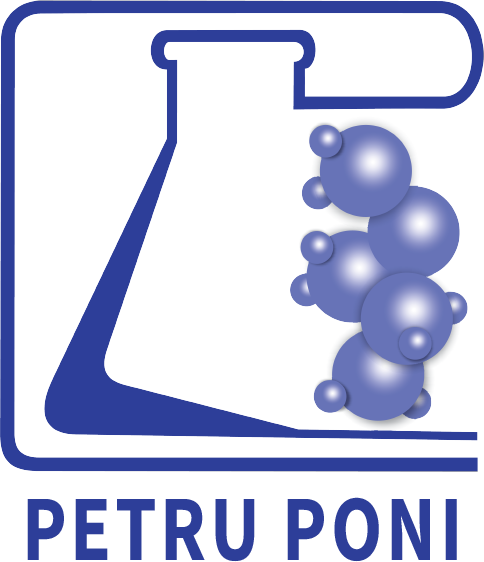
|
About Azobenzene (Azo) as a light-sensitive molecular system can be used to create a variety of artificial molecular machines that can be stimulated with UV or visible light as an external radiation source. Consequently, the UV light irradiation will induce an isomerization reaction between trans [the reactant] and cis [the product] isomer. The cis → trans reverse isomerization can be realized by two procedures: thermodynamic path when the temperature is the most important factor, and the second path, back conversion, which is a fast process, which can be driven by visible light. These isomerization processes suggest that the Azo structure has distinct geometries due to the intramolecular conversion with different temporal and spatial precision. Although, the Azo compound is a simple molecular system, their electronic structure and mechanism of isomerization remain still unsolved. The goal of this study is to investigate the photochemistry of the isomerization reaction of some Azo molecular systems in the ground and via excited states together with the fingerprints of the chemical species based on electronic state configurations and spectral properties along with the trans ↔ cis conversions. This study allows us to establish new isomerization mechanisms and to get insight how a molecular machine works in both the ground and excited states. |


 FingerprintAZO
FingerprintAZO